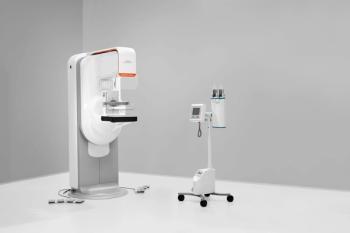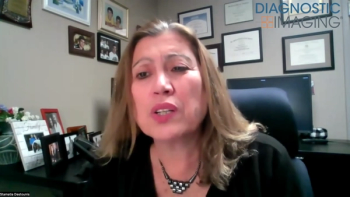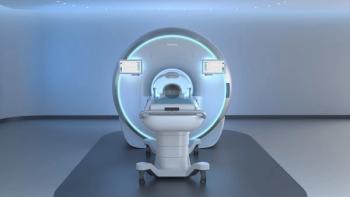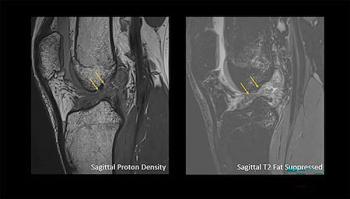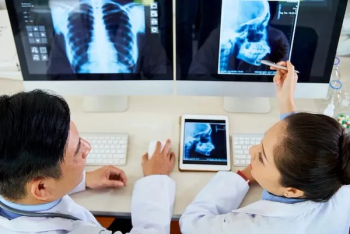
Diasonics VP steps up to head ultrasound unit
Bruce Moore, former vice president of marketing for the Diasonicsultrasound division, was named president of the division lastmonth. He was previously vice president of marketing for DiasonicsMRI. Moore returned to Diasonics--along with president and
Bruce Moore, former vice president of marketing for the Diasonicsultrasound division, was named president of the division lastmonth. He was previously vice president of marketing for DiasonicsMRI.
Moore returned to Diasonics--along with president and COO RoderickA. Young--following Toshiba's acquisition of the magnetic resonanceimaging business (SCAN 8/1/90). Young had initially taken on directresponsibility for the Diasonics ultrasound business.
A replacement for Moore as vice president of marketing forthe ultrasound division assumed his new responsibilities thisweek. William E. Richardson was formerly general manager of theinformation systems division of ADAC Laboratories.
While Diasonics improved the profitability of its businessessince the sale of the MRI division, ultrasound continued to lagbehind expectations last year (SCAN 2/13/91). Sales of the vendor'sSpectra high-end radiology ultrasound scanner should pick up nowthat a new color-flow Doppler architecture has been fully implemented,Moore said.
The vendor introduced its Spectra Plus color architecture atthe 1990 Radiological Society of North America meeting but didnot finish software revisions and begin demonstrating the packagein the field until last month, he said.
Diasonics' international ultrasound sales, through its Swisssubsidiary Sonotron, were strong last year despite the fact thatSpectra sales had not yet kicked in. Sonotron is expected to launcha Spectra product tailored to Europe this year.
Ultrasound sales should also get a boost from the incorporationof Diasonics' intravascular ultrasound system (IVUS) as an optionon Spectra. IVUS had been sold previously only as a stand-alonedevice. The IVUS option on Spectra will cost about $40,000, orless than half of what the stand-alone unit costs, Moore said.
Newsletter
Stay at the forefront of radiology with the Diagnostic Imaging newsletter, delivering the latest news, clinical insights, and imaging advancements for today’s radiologists.

